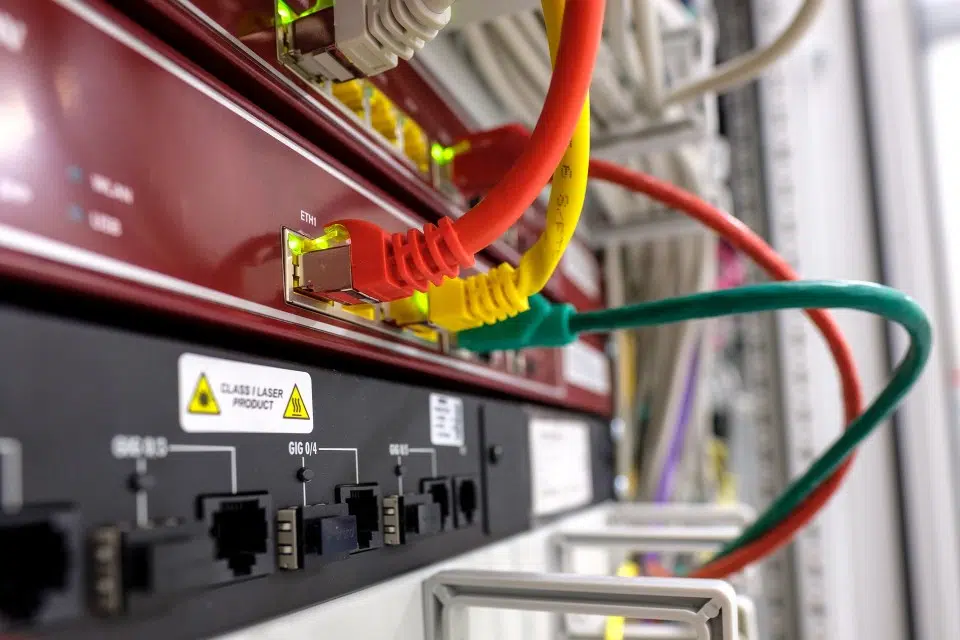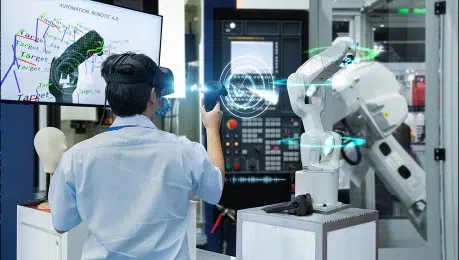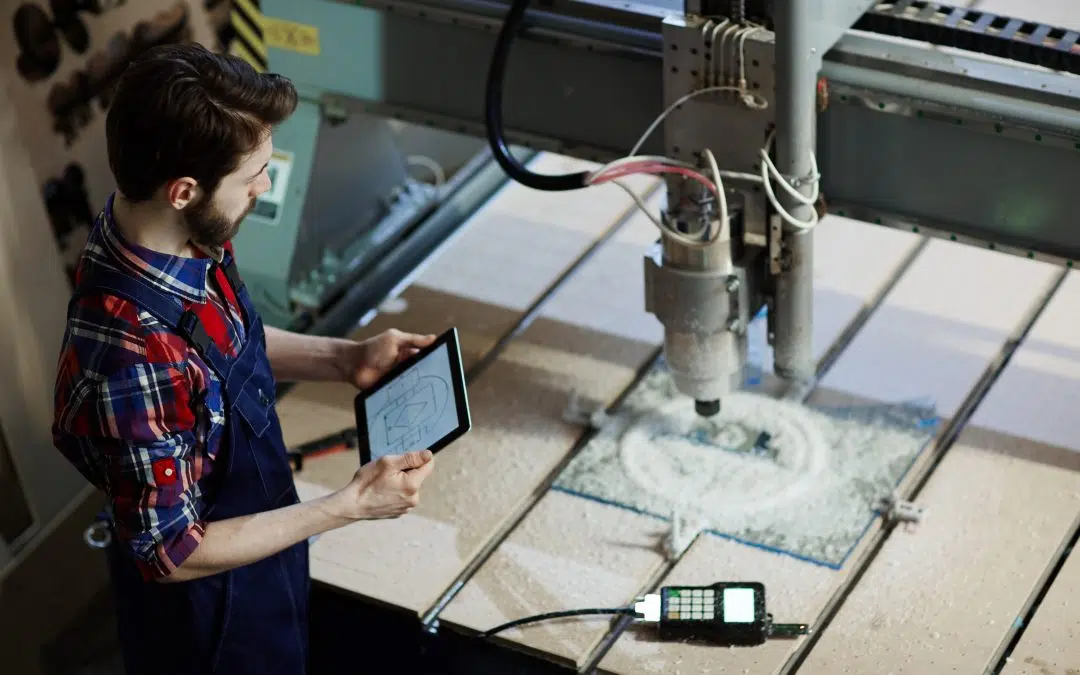Introduction
Motion without control has no meaning, and almost certainly; is unproductive. Engineering and industrial motion control play a significant role in factory automation, with countless machines and components moving independently, and in tandem. Apart from the time factor, other elements such as force, speed, accuracy, and position play a crucial role in controlling and engineering the motion to deliver the specific outcome.
The earlier days of motion control technology were largely based on time-consuming and expensive solutions such as gears, cams, belt drives, etc. The next stage witnessed the era of electromechanical, hydraulic, and pneumatic offerings such as cylinders, solenoids, grippers, and so on. Now is the age of electronics and computer-based technologies that are compact, intelligent, and scalable. Programmable motion control, as they are called, employs codes and algorithms driven by various performance parameters that can be embedded in the software programs and memory of intelligent devices.
The primary objectives of innumerable motion control algorithms are to regulate speed, torque, and position. While every algorithm has select benefits based on the need, the below-listed ones are perhaps the most popular in the automation industry.
Position PID Algorithm
This algorithm works on the principles of output to input ratio (called gains) and feedback received in terms of Proportional, Integral, and Differential modes under motion control. It works only concerning position feedback of the target profile but can control both the position and velocity of the moving components.
The Position PID Algorithm underlines the target profile to define the axis of the motion for any given moment. The required motion control output is derived from information of target Vs. actual position of the motion axis, together with the required feed. Since this type of algorithm works on the principles of feedback from closed-loop motion control to compute process variables, a high degree of accuracy can be achieved.
Due to PID Algorithm’s efficient and accurate motion control capabilities, it is widely used in specialized automation like robotics as well as a day-to-day application such as cruise control in automotive.
Advantages
- One of the most powerful algorithms that uses past, present, and future elements to respond to the logic of differential errors.
- Excellent response and tracking capabilities to motion control based on high precision logic.
- Widely used, accepted, and understood in industrial automation.
Disadvantages
- Being a feedback algorithm, control is not possible unless errors are produced or identified.
- Recovery from response lag results in poor performance on the motion control outcome.
- Not ideal for advanced applications like defense and precision robotics.
Trapezoidal Algorithm
The Trapezoidal algorithm is a motion control mechanism applied to Brushless DC Motors (BLDC). It operates on the commutation principle of the stator-rotor unit and employs switching on and off of electric current through the stator, in a specific manner. This results in the rotor spinning depending upon its polarity response to the magnetic field produced by the commutated rotor.
The spinning rotor causes back- EMF (electromagnetic force) as a result of opposing the current that induced its motion. This back-EMF results in the perpetual trapezoidal waveform, and hence the name Trapezoidal algorithm. This continuous commutation of electrical power can be affected with or without Hall sensors that detect the motor’s position.
This commutation technique also called as six-step algorithm, produces smooth rotation in six distinct directions relative to the stator.
Advantages
- Simple, low cost, and reliable in terms of design and performance.
- Low processing power is required for the motion control mechanism.
- Efficient for high-speed and high-torque applications like power tools and drones.
Disadvantages
- Inefficient for low-speed motion control.
- Torque-ripple issues due to continuous commutation.
- Electrical and acoustic noise.
Field Orientation Control(FOC)
Also known as vector control, FOC is a high computational algorithm for motion control with an underlying objective of achieving maximum torque at a given speed. With rapid advancements of Integrated Circuits (ICs), FOC’s practical application has increased manifold in the recent past. So much so, that it has commoditized its benefits in day-to-day machines like drilling machines, cutters, and grinders (power tools) where battery and performance matter at all times.
Interestingly, FOC is the first technology that is offered to control the two most vital variables of a motor – torque, and flux. This practical advantage makes FOC the most suitable algorithm for high-performance motor applications. Moreover, the ability to deliver smooth operations across a wide range of speeds, produce maximum torque even at zero speed, generating quick acceleration or deceleration makes FOC a preferred choice for a wide range of industrial applications.
Technically in FOC, the current is bifurcated into two perpendicular components. The part that causes the perpendicular pull is the one that generates the torque. The other part responsible for the undesirable outward pull is the flux. FOC aligns these two components in such a way that maximum torque is achieved.
Advantages
- Maximum torque response for a wide range of current
- Fast dynamic response and steady performance
- Greater control over torque and speed
Disadvantages
- Sensor needed to determine rotor’s precise position
- Reduced control and efficiencies in low-load conditions
- Designing sensorless FOC requires expertise, and attracts a huge cost
While several motion control algorithms keep evolving, their network inclusivity and connectivity with devices is one of the most difficult tasks. Recent advancements in application control protocols using EtherNet/IP and EtherCAT technologies knit such intelligent algorithms with field devices and equipment. This helps delivering precision communication for variable frequency drives that make use of smart sensors and gateways.
Cloud-based remote motion control for industrial automation is the next big thing to happen. Currently, some of the motion control algorithms are already implemented in cloud applications. However, it would be interesting to watch how effectively these algorithms perform across distributed networks and systems. Soon, complex algorithms will be equipped to remotely control and monitor the position of the rotary motor and self-tune to overcome harmonic distortions caused by surrounding disturbances.
Due to the increasing demand for speed, accuracy, remote possibilities, and affordability, the future and scope of motion control algorithms is on the rise. However, this niche technology calls for greater thrust from leading enterprises and research scholars. Moreover, since the 5G technology is already influencing many industrial applications, motion control algorithms experts need due encouragement and support to make the best use of knocking opportunities. Timely and focused efforts in this direction can transform how man, machines and technology operate in the future.
We at Utthunga, provide technology based customized solutions to deliver world-class products and services. Please visit the motion control webpage for more information. For your requirements and queries regarding industrial motion control, write to us on [email protected] and our team of experts will connect with you offering world-class solution and services.




